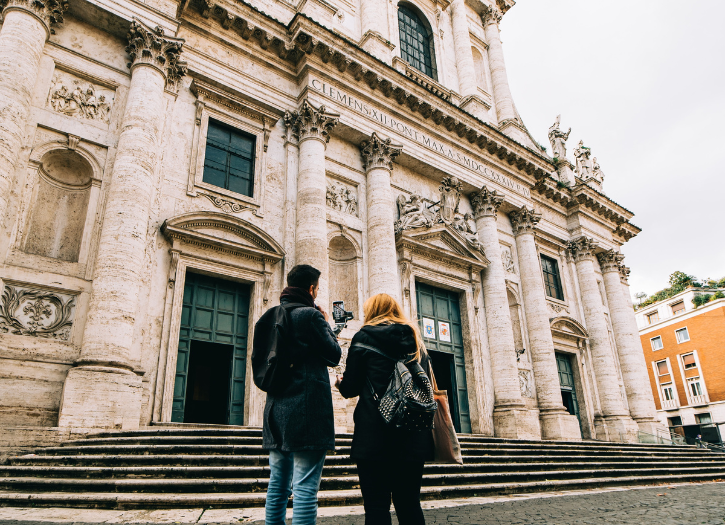Salvator Mundi is a painting attributed in whole or in part to the Italian High Renaissance artist Leonardo da Vinci, dated c. 1499–1510.
Long thought to be a copy of a lost original veiled with overpainting, it was rediscovered, restored, and included in a major exhibition of Leonardo’s work at the National Gallery, London, in 2011–2012.The painting was sold at auction for US$450.3 million on 15 November 2017 by Christie’s in New York to Prince Badr bin Abdullah Al Saud, setting a new record for the most expensive painting ever sold at public auction. Prince Badr allegedly made the purchase on behalf of Abu Dhabi’s Department of Culture and Tourism.
The rediscovered painting by Leonardo generated considerable interest within the media and general public amid its pre-auction viewings in Hong Kong, London, San Francisco and New York, as well as after the sale. More than 27,000 people saw the work in person before the auction: the highest number of pre-sale viewers for an individual work of art, according to Christie’s. The sale was the first time Christie’s had used an outside agency to advertise an artwork. Approximately 4,500 people stood in line to preview the work in New York the weekend prior to the sale. The sensationalism of the painting following the sale led to it being a common subject in popular culture and discourse online.
As Brian Boucher described, “the internet went a little bonkers” in response to the sale, leading to sarcastic and humorous comments and memes on Twitter, Instagram and other social media sites. Similarly, Stephanie Eckardt noted how “the ongoing saga of Salvator Mundi indisputably” belongs in “the meme canon.” In an article in the Art Market Monitor, Marion Maneker compared the sensationalism around Salvator Mundi to the media coverage surrounding the theft of the Mona Lisa from the Louvre in 1911. Just as the international media sensationalism lifted the painting to a high international status, she argued, so too did Christie’s marketing campaign and media sensationalism lead to its high sales price. Alexandra Kim of the Harvard Crimson similarly described the reason for the painting’s newfound fame:
Why are we still so adamantly curious [about Salvator Mundi]? The New York Times, The Guardian, and more have covered this painting and its aftermath. It now seems that the drama surrounding this infamous painting has created a whole new work of art larger than the Salvator Mundi itself. The attention has grossly inflated its value: the more we discuss the work, the more curious we are until it becomes a shining ball of artistic enlightenment. The narratives surrounding the painting have piqued the interest of filmmakers and playwrights.
In July 2020, the company Caiola Productions announced that it was working on the production of a Broadway musical based on the history of Leonardo’s Salvator Mundi.







Add Comment